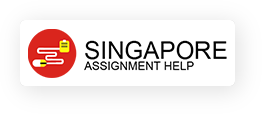Question 1
Consider an economy where the public likes to consume cakes, soft drinks and other sugar-containing products. This has resulted in a large proportion of diabetes among the population. The government is increasingly concerned about public health and the high medical cost for treatment of diabetes and would like the public to consume less sugar.
(a) To encourage consumers to reduce sugar consumption, the government is considering the following actions. For each action, discuss the effects on the equilibrium price and quantity of sugar if that action was carried out independently. Support your answers with a suitable market diagram for each independent action.
(i) Produce and broadcast a short video to illustrate the negative health effects of sugar consumption. (5 marks)
(ii) Impose a high tax on sugar cane, which is the main input for sugar production in the economy. (5 marks)
Buy Custom Answer of This Assessment & Raise Your Grades
(b) Consider the price elasticity of demand for sugar.
(i) Define whether sugar is good with elastic or inelastic demand. Justify your
answers with reference to the determinants of price elasticity of demand, being sure to provide real-world evidence where appropriate. (6 marks)
(ii) Based on your answer to 1(b)(i), explain how a negative supply shock to sugar would affect the price and quantity of sugar consumed. Give a real-world example of such a negative supply shock, and justify your analysis with a
suitable market diagram. (6 marks)
(c) The income elasticity of demand for sugar is 0.42 and the cross-price elasticity of demand between sugar and honey is 2.18.
(i) Explain the type of good that sugar should be classified as. What is the
demand relationship between sugar and honey? (4 marks)
(ii) Given the two elasticity estimates in (c), propose two (2) policies – one for
each elasticity estimate – that would reduce sugar consumption, using the insight from that elasticity estimate. (4 marks)
(d) A consumer has $240 to spend on sugar and rice. The price of sugar is $20 per unit and the price of rice is $40 per unit. The table below shows the marginal utility of sugar and rice consumption for 1 to 5 units.

How should the consumer allocate his budget on the two products, by applying the rational spending rule? Explain. (10 marks)
SingaporeAssignmentHelp.com is the best economics assignment services provider for the students studying in various Singaporean universities.Our team hold great expertise and skills in finishing your task well. So, choose our help in college homework writings and secure good marks.
Looking for Plagiarism free Answers for your college/ university Assignments.
- ComfortDelGro Organisational Design Assignment Report: ESG Alignment with UNGC Principles & Sustainability Strategy
- Bomb Threat Management Assignment: Incident Response Plan for High-Risk Facilities in Singapore
- Security Concept Plan Assignment Report: International School Campus Protection Strategy at Jurong East
- CM3065 Intelligent Signal Processing Assignment Report: Midterm Exercises on Audio Captcha, Steganography & Speech Recognition
- BUS306 Risk Assessment Case Study: Outback Retail Ltd Audit Strategy and Substantive Testing Plan
- PSB6013CL Digital Marketing Strategies Project: Exploring Consumer Purchase Intentions in the Fashion E-Commerce Industry
- FinTech Disruption Assignment Report: Case Study on Digital Transformation in Financial Services Industry
- Strategic Management Assignment : Netflix vs Airbnb Case Analysis on Competitive Strategy and Innovation
- Strategic Management Assignment Report: Unilever Case Study on Industry Analysis and Growth Strategy
- PSB6008CL Social Entrepreneurship Assignment Report: XYZ Case Study on Innovation and Sustainable Impact

